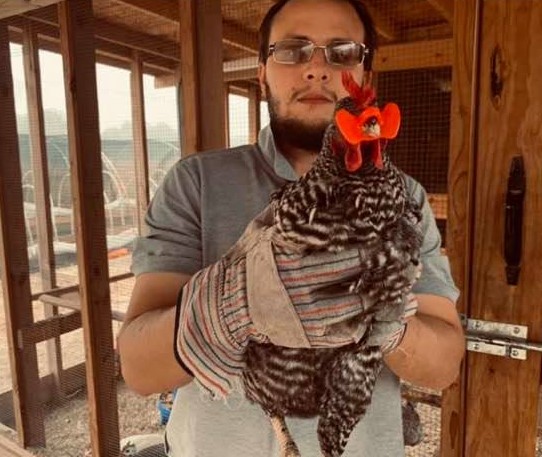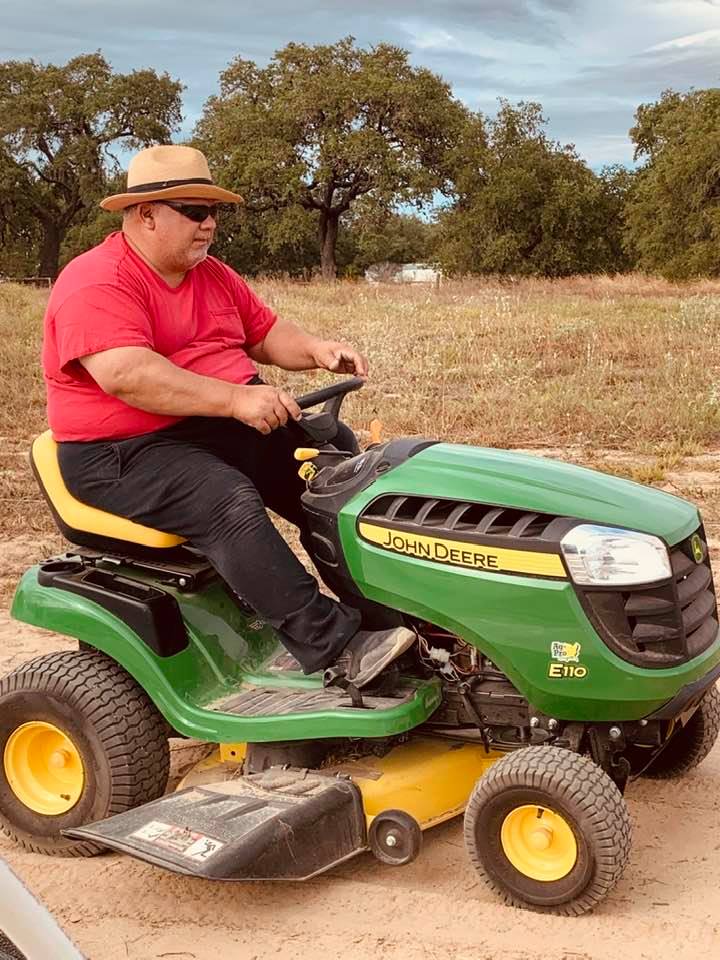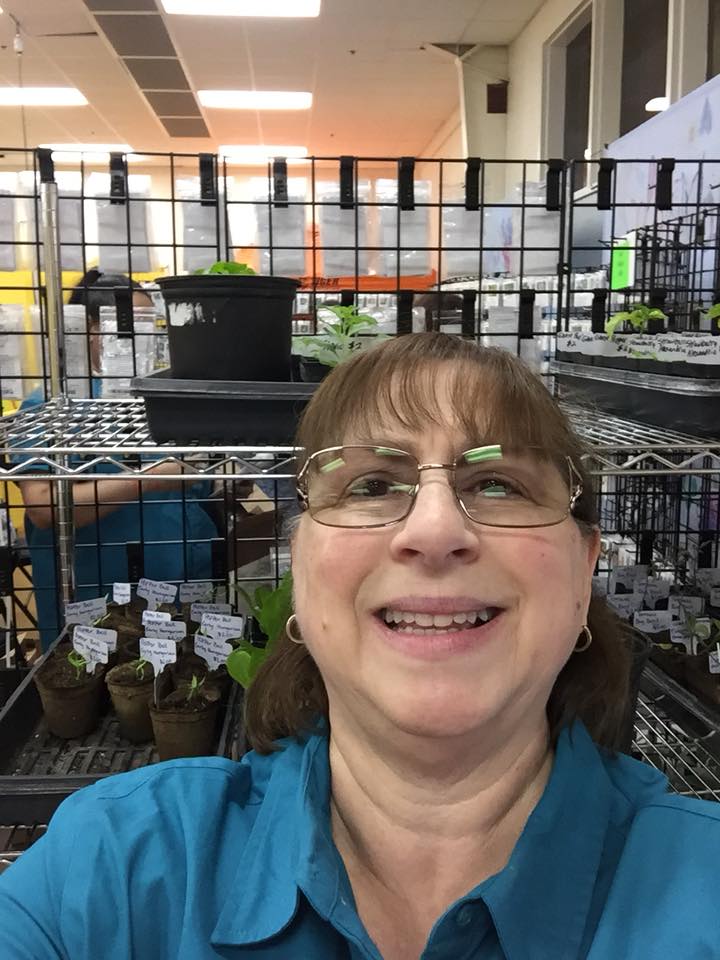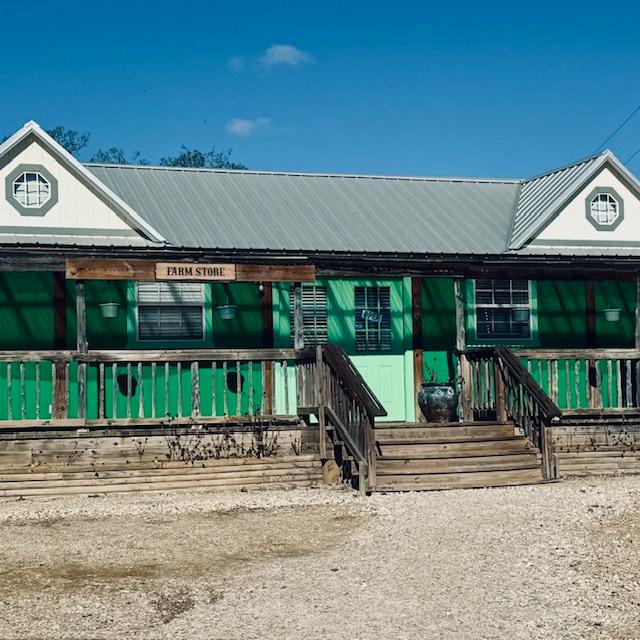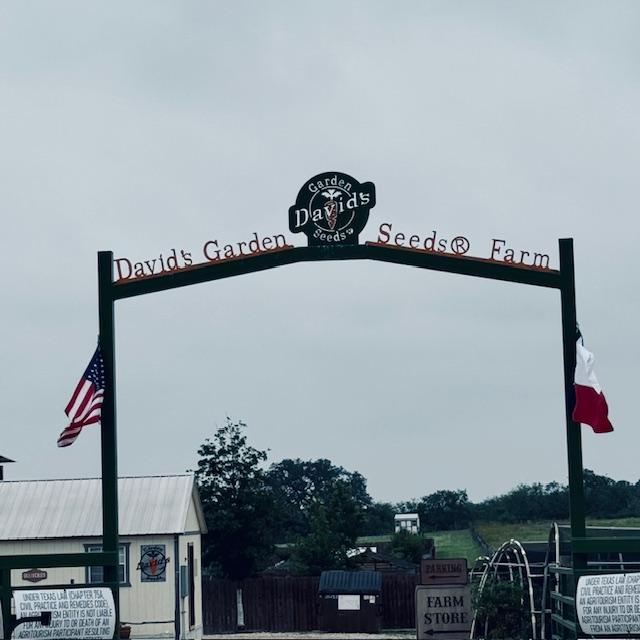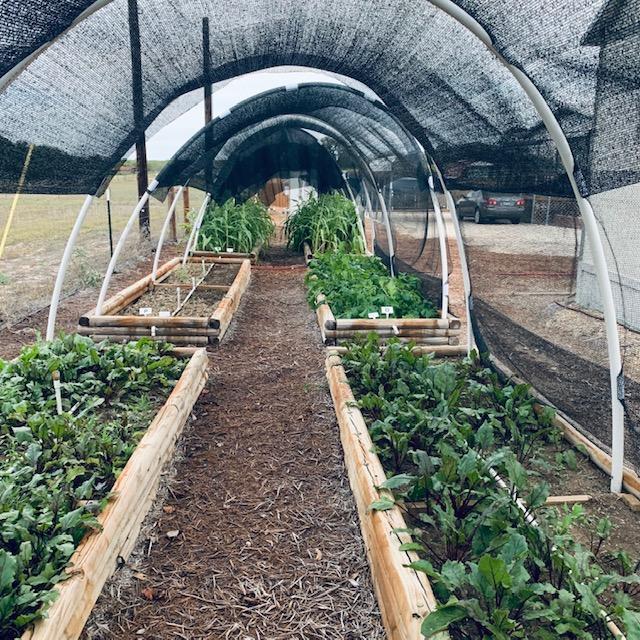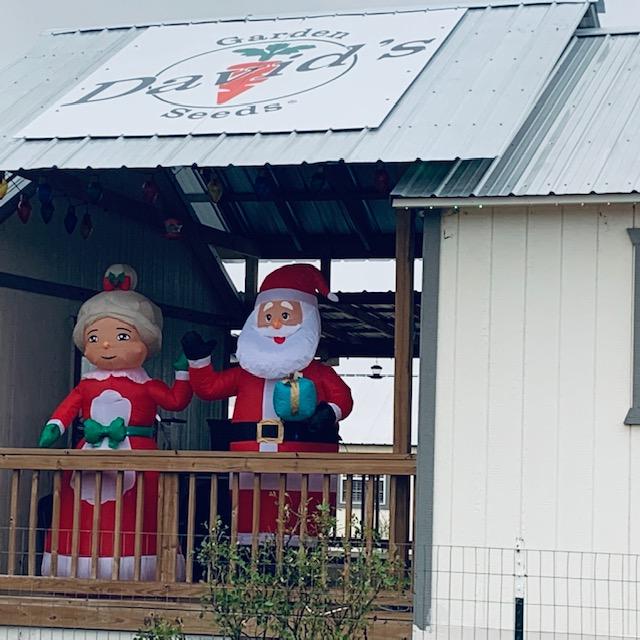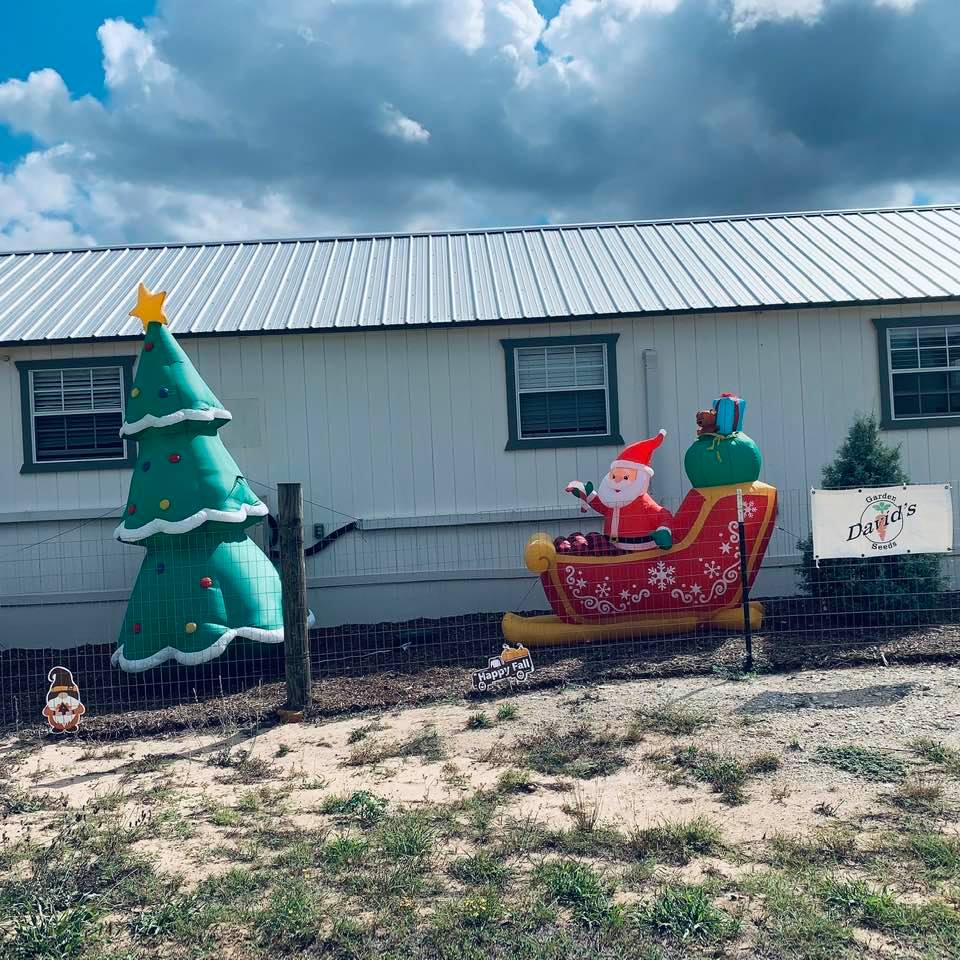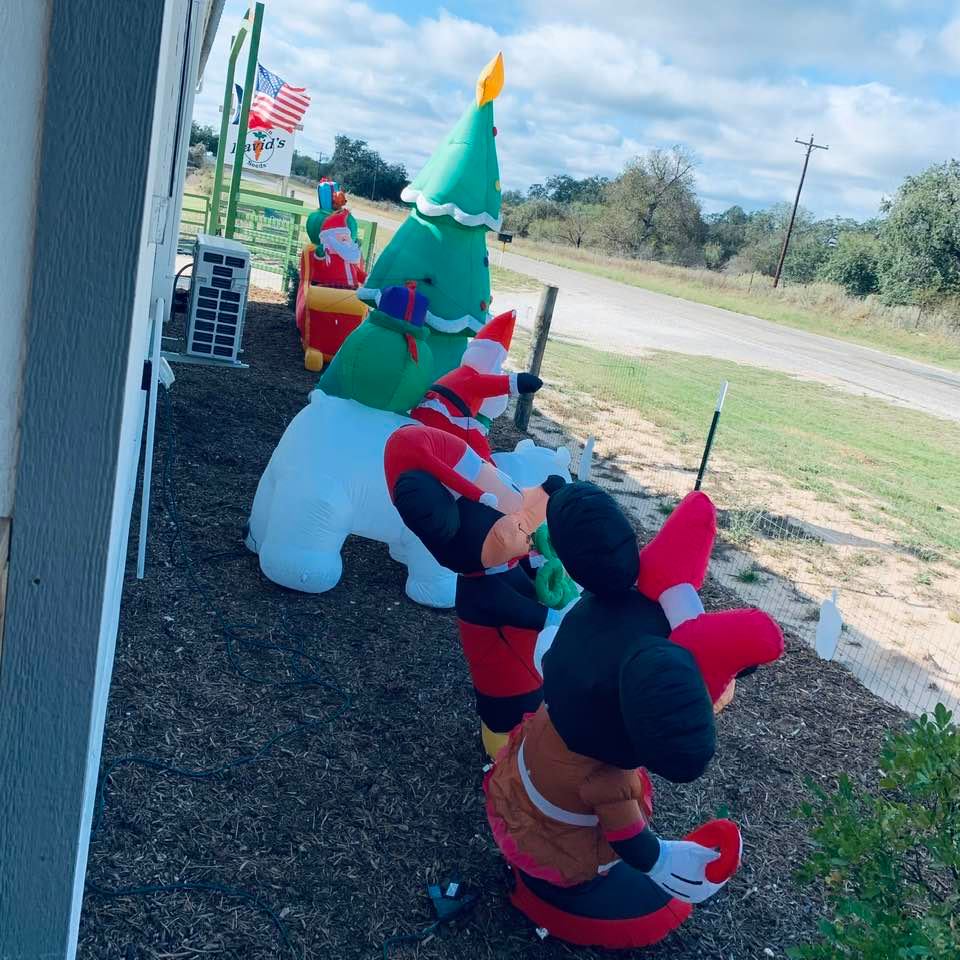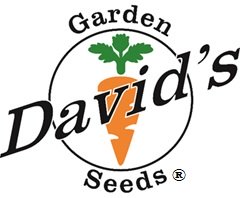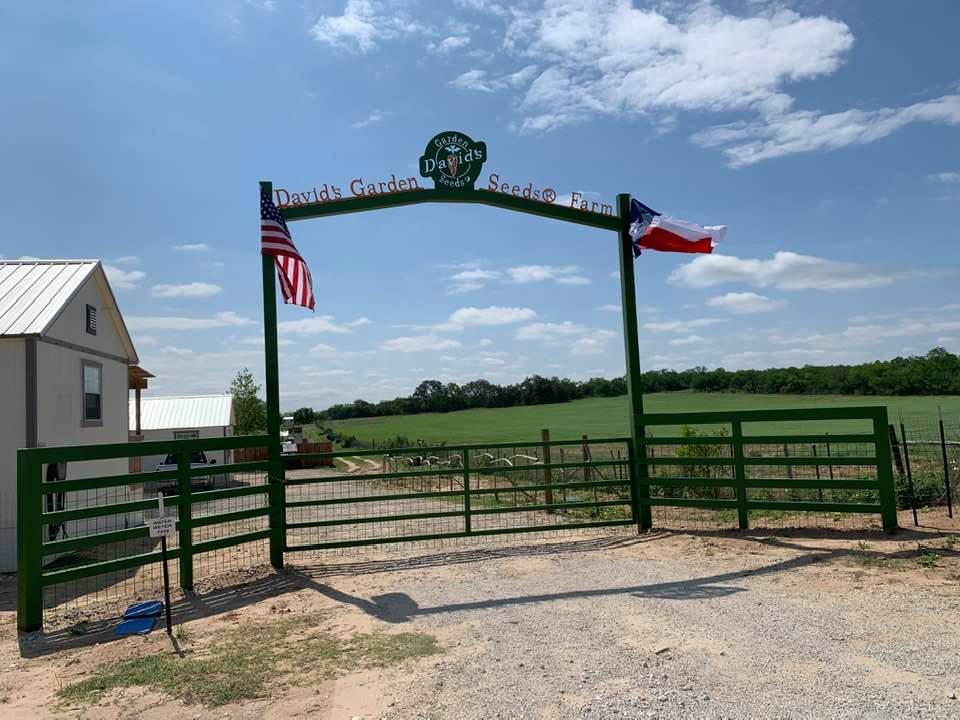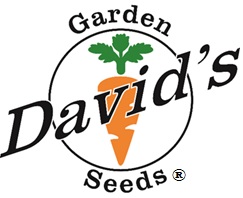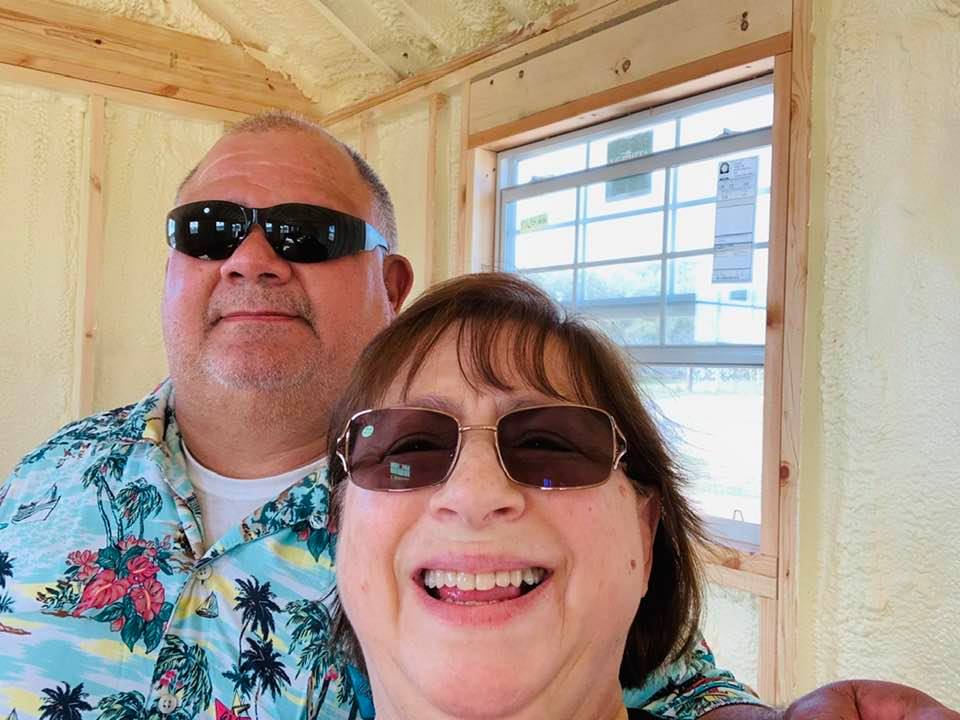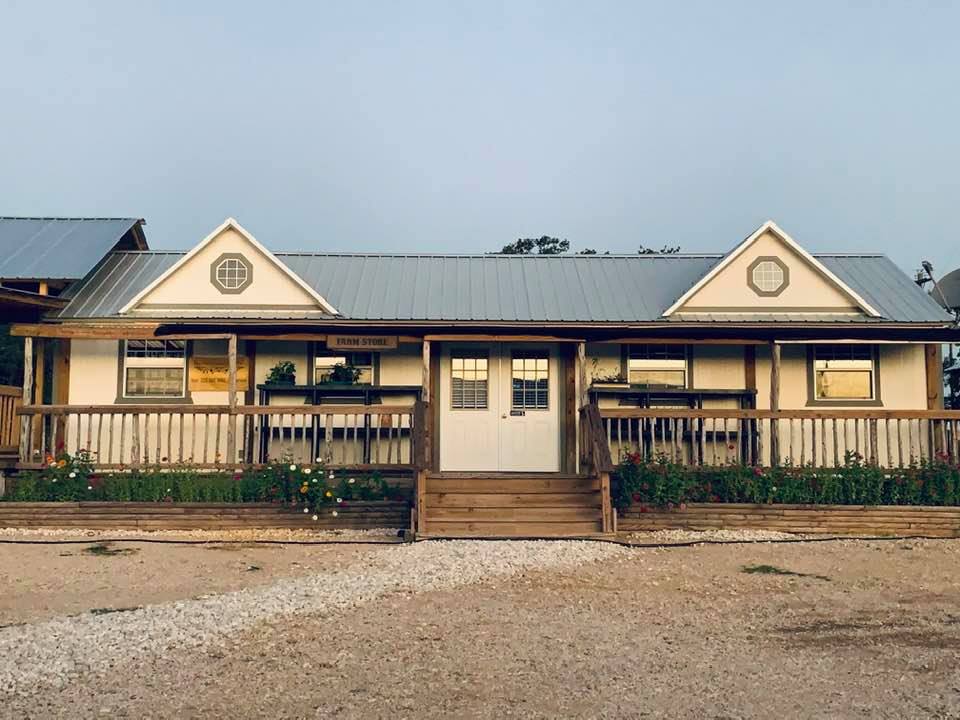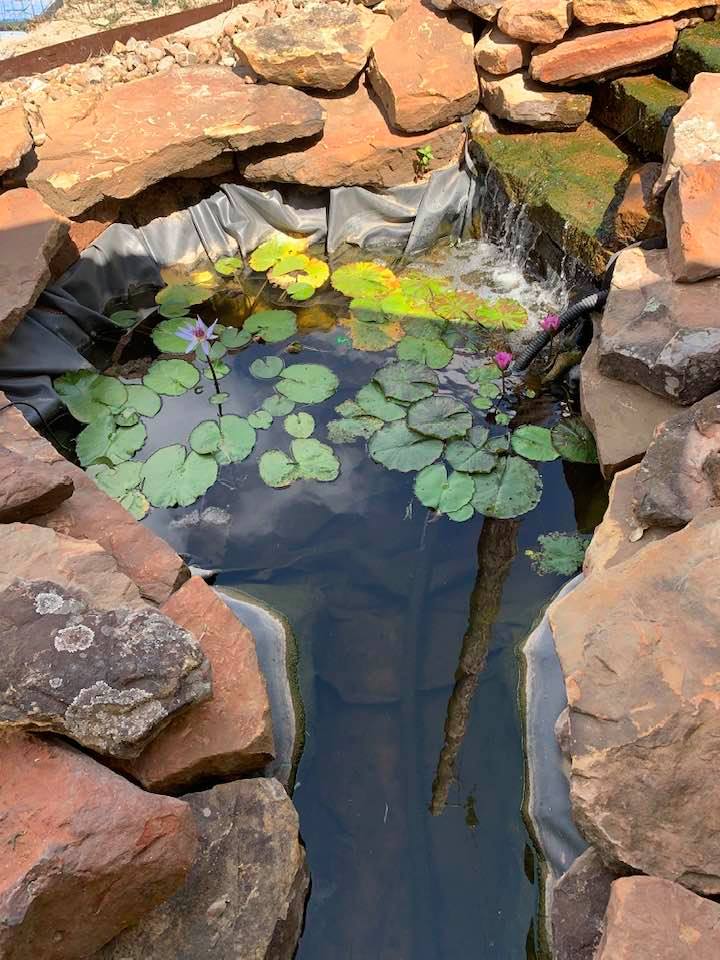Growing Onions
This page talks about growing onions, their benefits and what is meant by long day vs short day onions. Onions are a delicious addition to any edible landscape!
There are three basic categories that onions fall into: short day, intermediate day and long day. It’s very important that you select the right type of onion variety for your climate for the best growing experience. Onions grown in the wrong are may end up very small, or have other issues. When to plant onions is also determined by your climate. Areas with harsher winters will want to plant in early spring, when the ground becomes workable, and warmer, more moderate climates will want to plant in fall.
Growing Onions - Short Day, Long Day, Intermediate Day
Short day onions will begin forming bulbs when there is 10 to 12 hours of daylight per day. The earlier you plant them, the bigger the bulb that will form. Most varieties are sweet. These should be grown in the south (zone 7 or warmer). They can be grown in the North, however, they won’t be nearly as big. Short day onions should be planted in the fall in the south take approximately 110 days to mature. If you plant them in the north, plant them in early spring. They will mature in 75 days. Harvest short day onions in late spring.
Intermediate day onions will begin forming bulbs when there is 12 to 14 hours of daylight. This onion works well in zones 5 and 6, but tends not to grow as well when you get as far south as Texas and Florida. Intermediate day onions should be planted in fall in milder climates and early spring, as soon as the ground is workable, in areas with harsher winters. They mature in about 100 days. Harvest them in mid to late summer in areas with harsher winters.
Long day onions will begin forming bulbs when there is 14 to 16 hours of daylight. They do best in colder areas (zone 6 and further north), from the Midwest to the Canadian border. If you plant them early, they will also do well in intermediate day areas. They mature in roughly 90 to 100 days. Sweet onions will mature a few weeks before storage onions, but they don’t keep as long.
Growing Onions
After you’ve determined the best variety and best time to plant onions for your region, plant onions seeds indoors six weeks before you intend to transplant them into the garden (review notes above for best planting times for your region). Onion seeds do not keep for long periods, so it’s best to start with a fresh batch each year. Barely press the seeds into the soil. Keep the sees moist and use a grow light. Seeds should germinate in four to five days.
Once your growing onions are ready for transplanting, choose a sunny spot (full sun) in your garden with good drainage for planting. Onions do well in raised beds, but can also be planted directly into the soil so long as it is not too heavy (like clay). You can either mix compost into the soil, or a slow-release fertilizer.
Space onion plants four to five inches apart, with 12 to 18 inches between rows. Be very careful not to bury the whole plant. Only bury the seedlings about one inch into the soil to keep the leaves above ground and healthy. Onions grow short, shallow roots, so keep your plants well hydrated, particularly during the warmer months.
Try to keep soil and water from collecting on the leaves. Fertilize your growing onions periodically with nitrogen for bigger bulbs. After the bulbing process begins, the onions will burst through the soil. Do not recover them.
Growing Onions
When your growing onions are nearly mature, their leaves will begin to yellow and die. Once most of your onion plants have yellowed and fallen over, go ahead and bend the remaining ones down. Wait 10 to 14 days for the onions to fully mature, then dig them up.
Do not wait any longer than 14 days to dig up your onion bulbs, as they may begin to rot or grow again. Once you’ve dug them up, cut the stems off. Store your onions in a cool (40 to 50 degrees), dry place.
French Onion Soup
You will need:
- Your favorite bulb onions (most people prefer a sweet white or yellow variety)
- Beef broth
- Worcestershire sauce
- Butter
- Optional:
- Croutons
- Gruyere cheese
You’ll want approximately one 32 ounce container of your favorite beef broth per medium to large onion. (For more broth, add an extra 32 ounce container per batch.) For a large pot of soup, it’s approximately four to five onions. Slice onions into ¼ inch pieces, and then slice those pieces into quarters. Break onion layers apart and fry in a buttered pan on medium to medium low heat.
You can a choice here, you can either cook the onions until they are translucent before adding them to the broth, or you can cook them until they have browned and caramelized for the best flavor. Caramelizing can about an hour, so be careful not to burn them. (It is well worth the wait.)
Once you are satisfied with your onions, add them to the broth in a large pot. Cook broth and onions uncovered for 60 minutes. Broth should evaporate nearly halfway. If you find this is too salty, you can always add more water back in. Add a dash or two of Worcestershire sauce.
You can either serve as is or add the traditional toppings. To serve with toppings, ladle soup into an oven-safe bowl and turn on broiler. Add a handful of croutons to each bowl and cover with a slice or two of gruyere cheese. Put in the oven for one to two minutes, or until cheese is bubbly and brown. Enjoy!
More Onion Articles
Return from Growing Onions to Companion Planting
Anything To Share On This Topic?
Would you like to share additional information about this topic with all of us?
Since 2009, over 1,500,000 home gardeners, all across the USA, have relied on David's Garden Seeds® to grow beautiful gardens. Trust is at the heart of it. Our customers know David's Garden Seeds® stocks only the highest quality seeds available. Our mission is to become your lifetime supplier of quality seeds. It isn't just to serve you once; we want to earn your trust as your primary supplier.
Watch Our 2022 TV Commercial!
Sing Along To Our Jingle
♪♫♪♪ ♫ ♪ ♫♪♫♫
♪♫♪♪♫♫
Peppers and peas
And lots of yummy greens
You can't go wrong
With Squash This Long
At David's Garden Seeds
♪ ♫ ♪ ♫
Our New 2024 TV Ad
Please like and subscribe on YouTube and come visit us at our Farm Store! The music on our TV ad was written, played, and sung by our son, Matthew Schulze. You can meet him when you come to the farm. He just might give you a tour. Ask him to grab a guitar and sing our jingle that he wrote.

We are David's Garden Seeds®. If you need great seeds, we've got over 1,200 varieties to choose from.
Your second block of text...
Subscribe To Mrs. David's Garden Seeds® Newsletter For FREE!
Find out what is going on down on the farm by reading our blog and by subscribing to our free newsletter for all of the information going down at David's Garden Seeds® and on the farm. I love to share helpful information with you. Please let your friends know and y'all come on down for a visit when you get the chance. We would love to meet you!
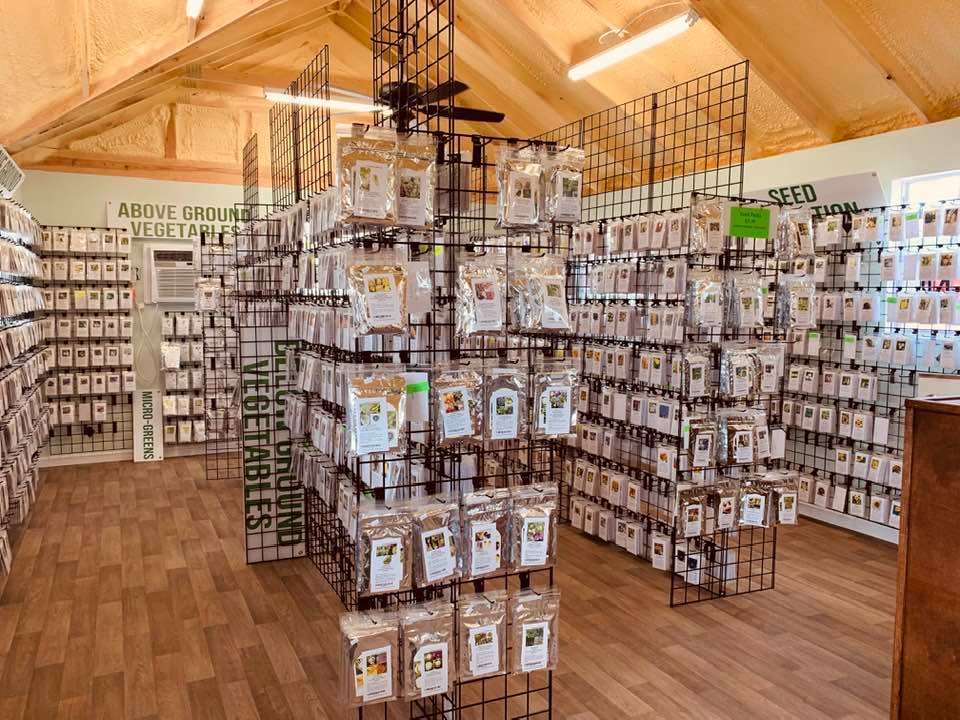
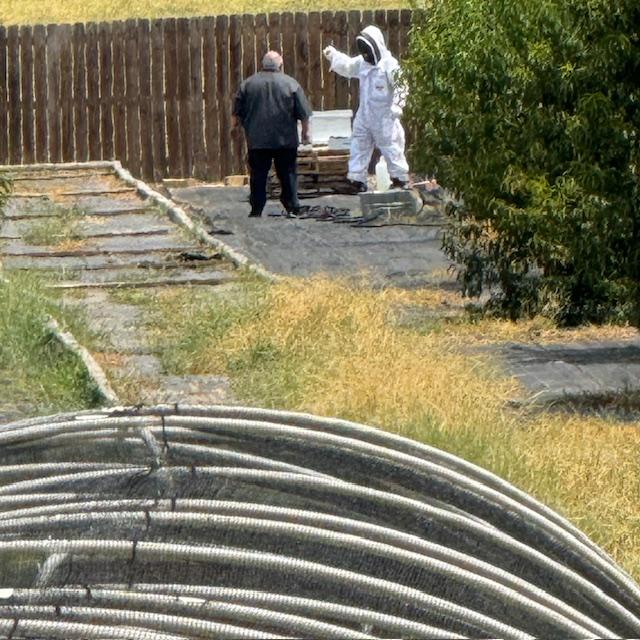 Our bee hives
Our bee hives Our fish pond
Our fish pond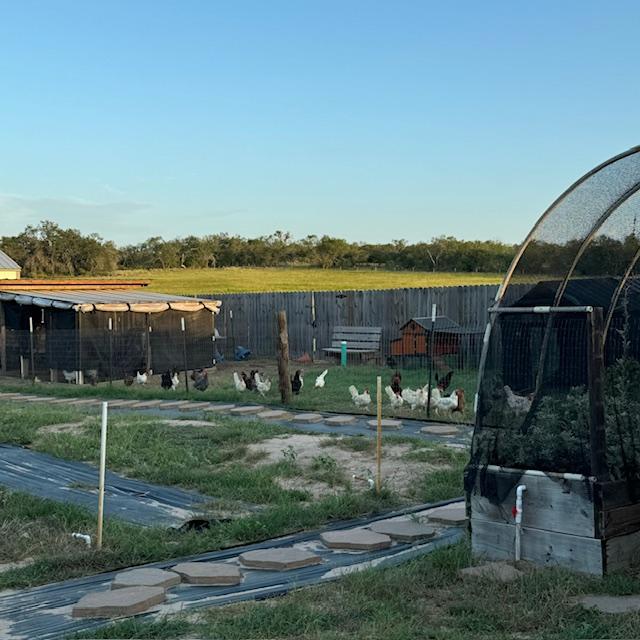 Our chickens
Our chickens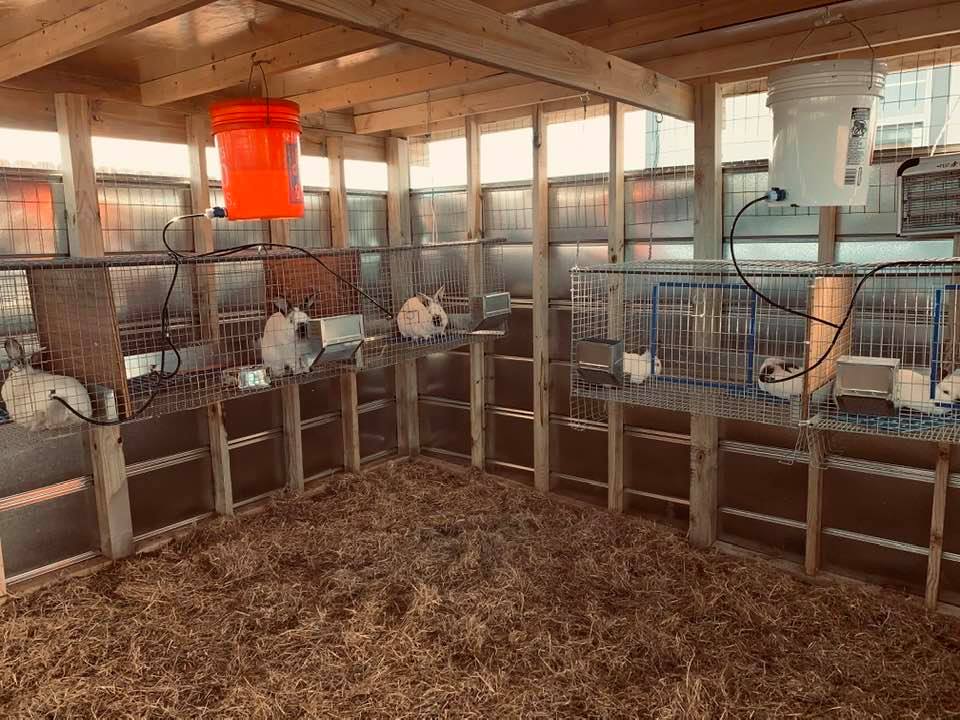 Our bunny rabbits
Our bunny rabbits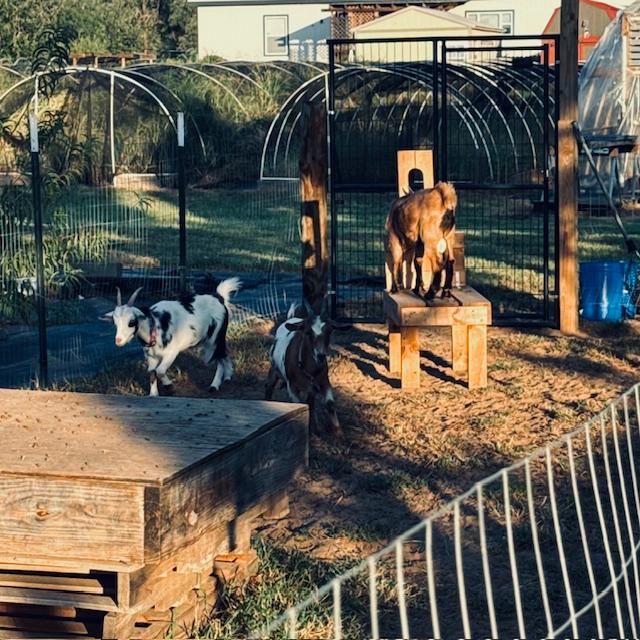 Our Nigerian Dwarf goats
Our Nigerian Dwarf goats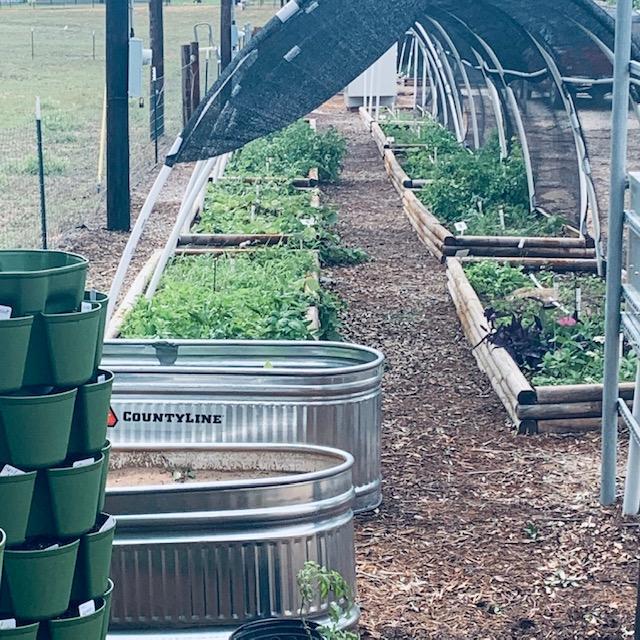 A few of our raised garden beds
A few of our raised garden beds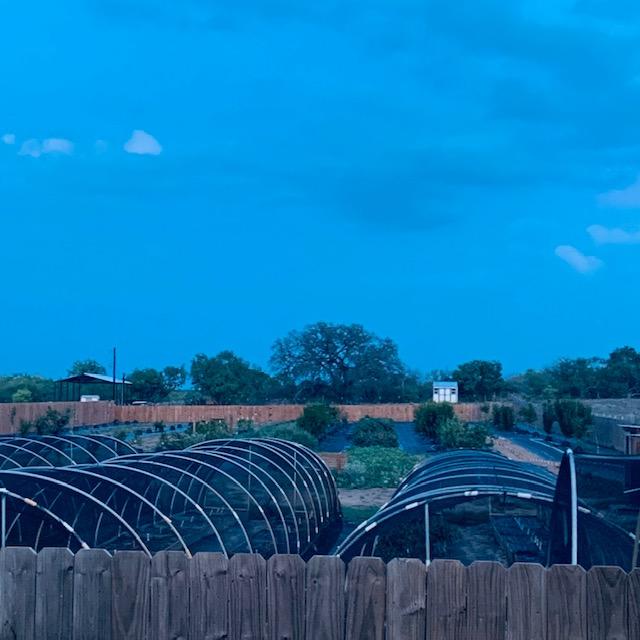 Our orchard and hoop houses
Our orchard and hoop houses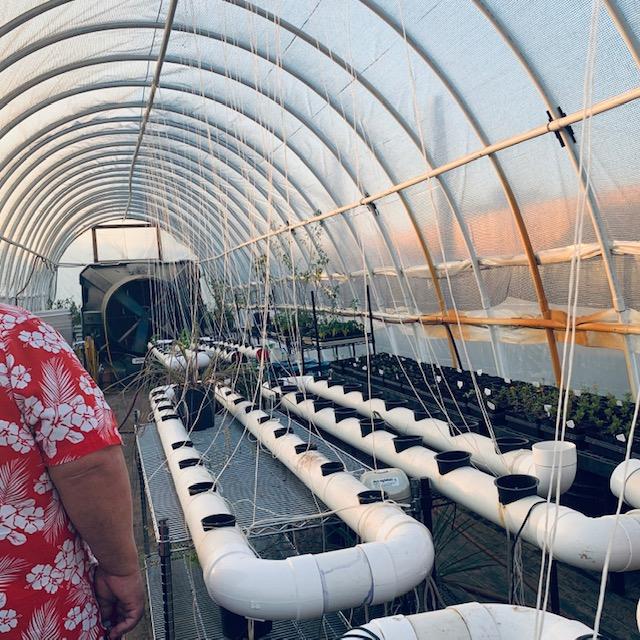 Inside our high tunnel
Inside our high tunnel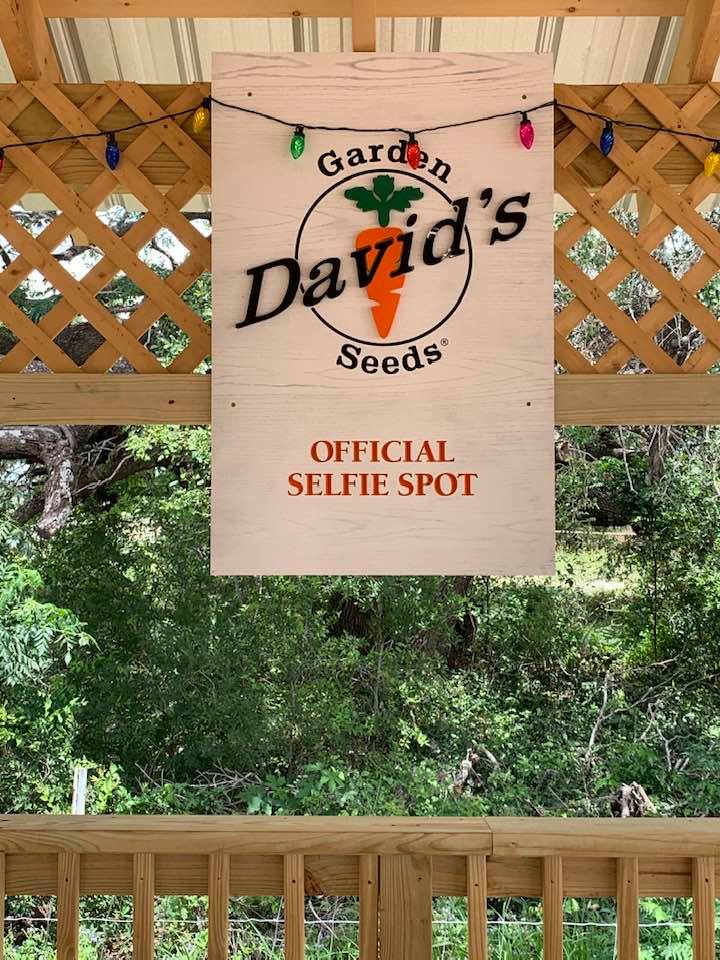 Take a selfie at our official selfie spot!
Take a selfie at our official selfie spot!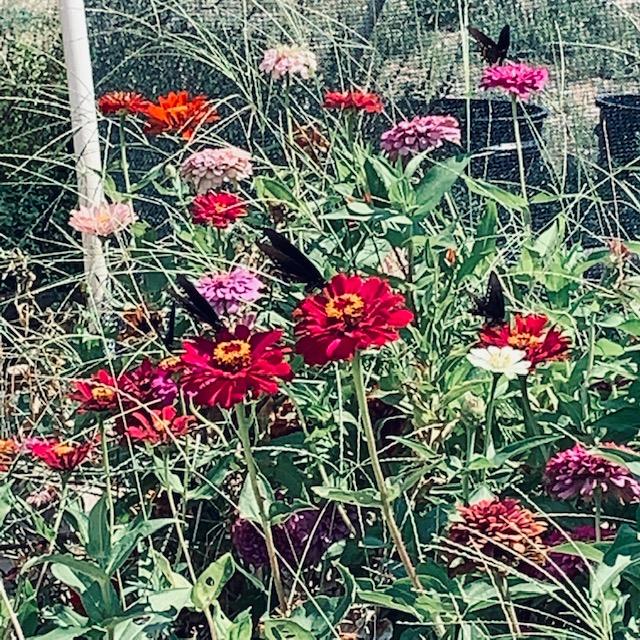 Flowers, bees, and butterflies are everywhere!
Flowers, bees, and butterflies are everywhere!
